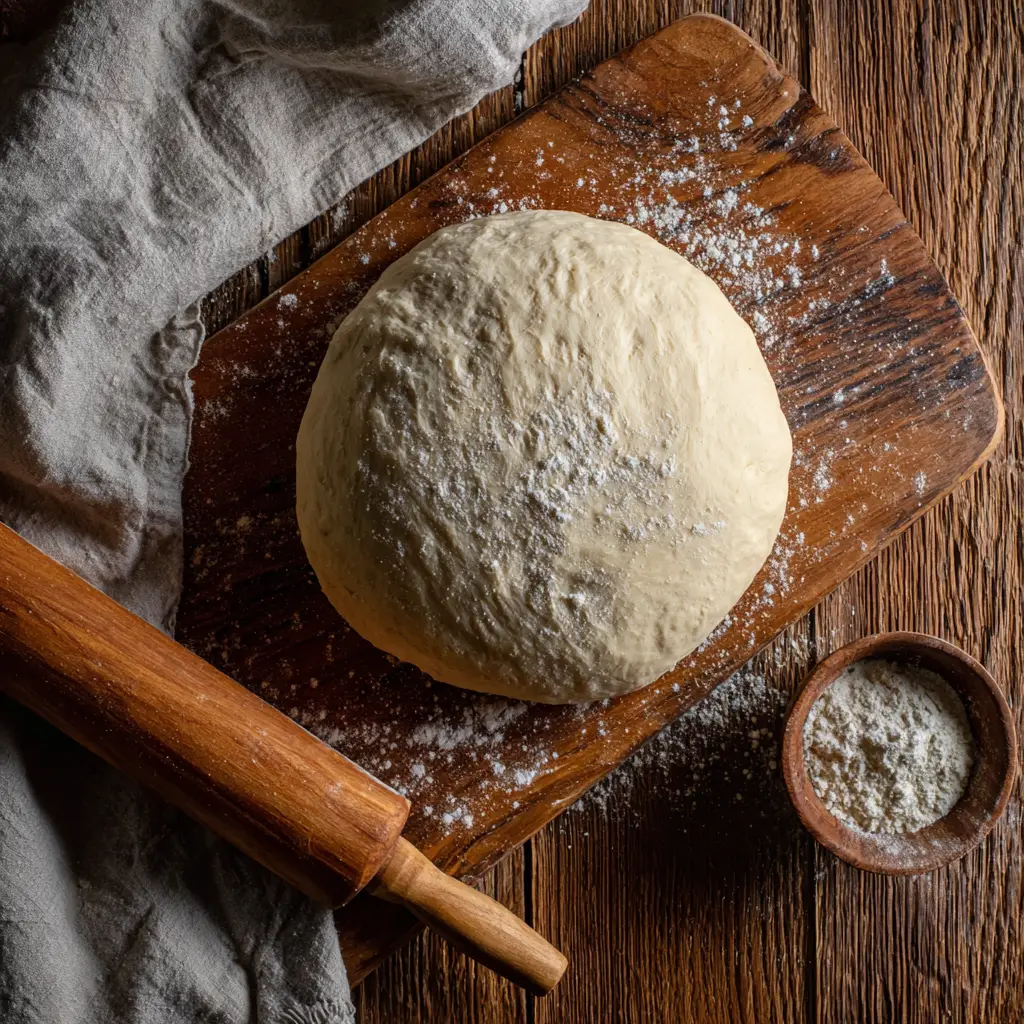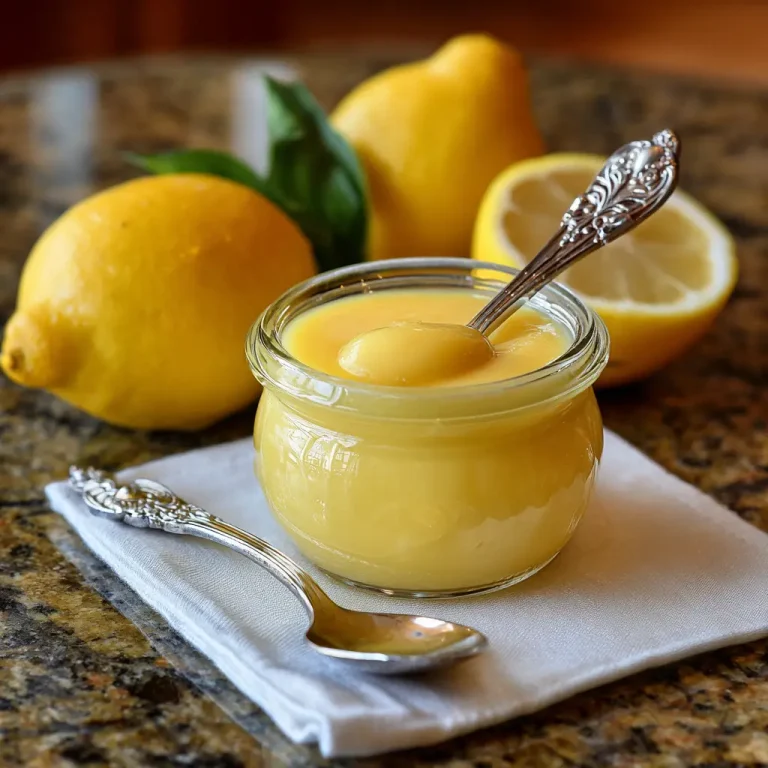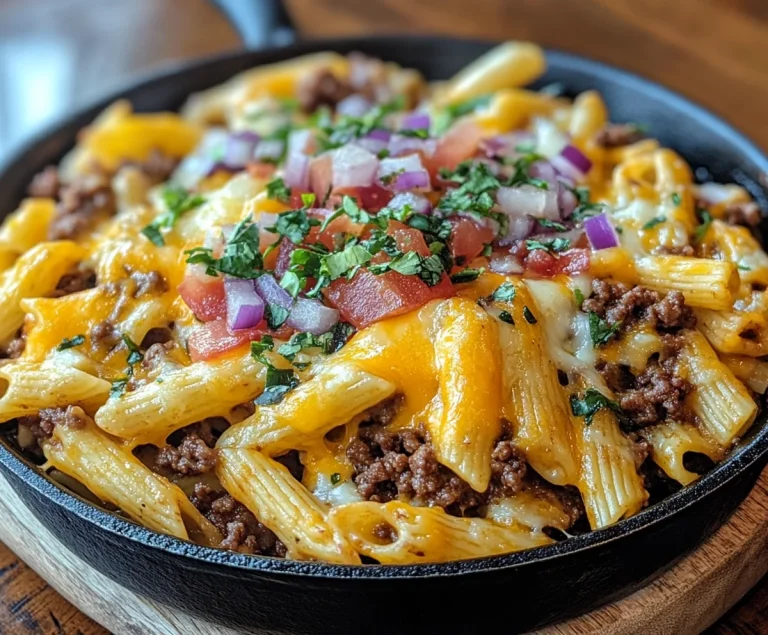Introduction
Sourdough pizza dough delivers a flavor and texture that no commercial yeast dough can match. The natural fermentation from the sourdough starter gives the crust a subtle tang, light air pockets, and a perfectly chewy texture that tastes authentic and artisanal. Making pizza with sourdough feels like crafting something special, where patience and simple ingredients come together to create restaurant-quality results right in your kitchen.
The process may take a little longer, but it rewards you with a dough that is easier to digest and packed with flavor. The long fermentation allows beneficial bacteria to break down gluten, creating a crust that feels lighter and more complex in taste. Whether baked in a home oven or on a hot pizza stone, sourdough dough browns beautifully, holding its toppings with a crisp yet tender base. Once you try this recipe, you’ll find it hard to go back to store-bought crusts.
Ingredients Needed
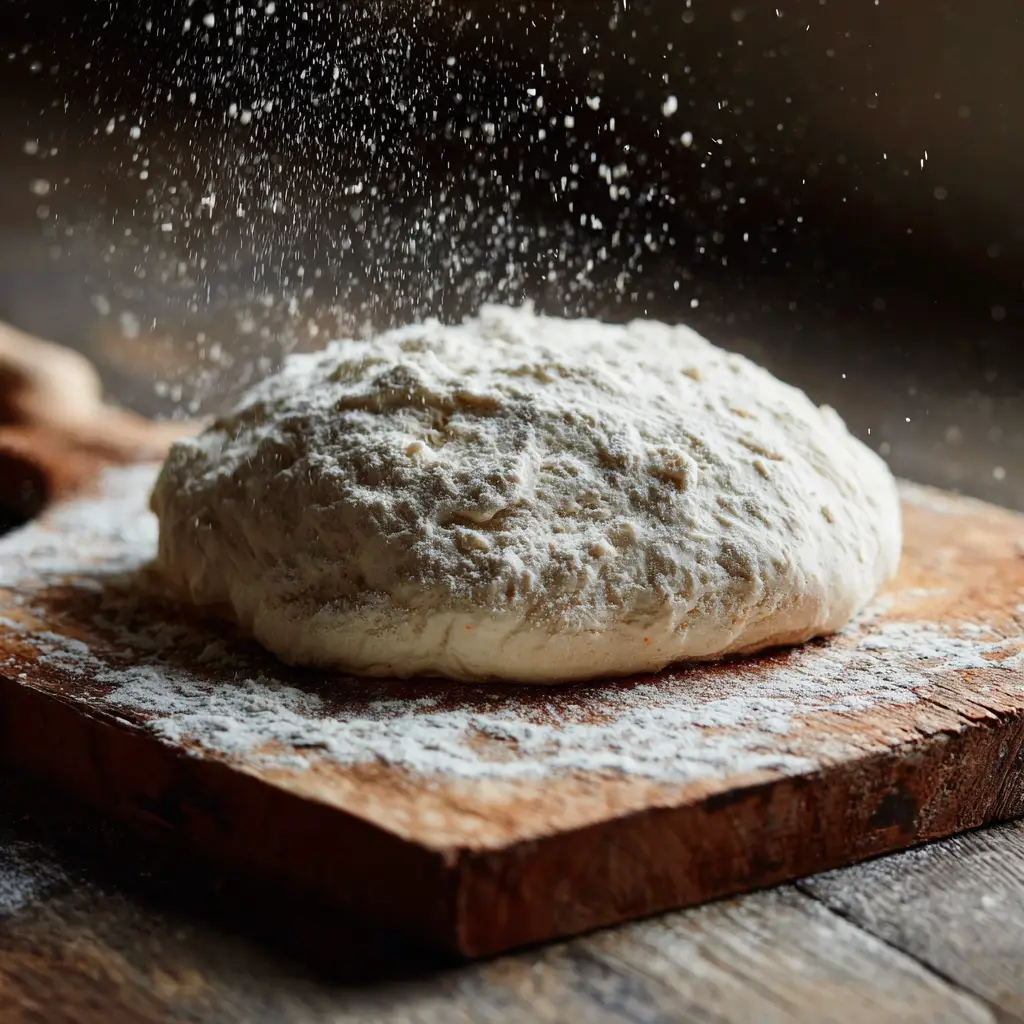
| Ingredient | Quantity | Calories |
|---|---|---|
| Active sourdough starter | 1/2 cup | 100 |
| Bread flour | 3 1/2 cups | 1360 |
| Warm water | 1 1/4 cups | 0 |
| Olive oil | 2 tablespoons | 240 |
| Salt | 2 teaspoons | 0 |
| Sugar | 1 teaspoon | 15 |
| Cornmeal (for dusting) | 2 tablespoons | 70 |
Total approximate calories per dough batch: 1785
Calories per slice (1/8 of pizza): 220
Step-by-Step Cooking Instructions
Step 1: Begin by feeding your sourdough starter several hours before using it. The starter should be bubbly, active, and at room temperature. An active starter ensures a good rise and the right level of tangy flavor in your dough.
Step 2: In a large bowl, combine warm water and sourdough starter. Stir gently until the starter dissolves into the water. Add sugar and olive oil, mixing well to distribute the ingredients evenly.
Step 3: Gradually add the bread flour and salt. Stir with a wooden spoon or your hands until the dough starts to come together into a rough ball. It will be sticky at first, which is normal.
Step 4: Transfer the dough to a lightly floured surface and begin kneading for about ten minutes. The dough should become smooth, elastic, and slightly tacky but not sticky. Avoid adding too much flour during kneading to maintain a light texture.
Step 5: Shape the dough into a ball and place it in a clean, lightly oiled bowl. Turn the dough once to coat its surface with oil. Cover the bowl with plastic wrap or a clean towel. Let it rest at room temperature for four to six hours, or until it doubles in size.
Step 6: Once risen, gently punch down the dough to release air bubbles. Transfer it to your work surface and fold it over itself a few times to strengthen the structure.
Step 7: Divide the dough into portions depending on the size of your pizzas. Two medium or one large pizza can be made from this recipe. Shape each portion into a ball and place it on a tray lightly dusted with flour. Cover again and refrigerate for twelve to twenty-four hours for cold fermentation. This step develops a deeper flavor and airy texture.
Step 8: Remove the dough from the refrigerator about one hour before baking. Allow it to come to room temperature to make stretching easier and prevent tearing.
Step 9: Preheat your oven to 475°F. If using a pizza stone, place it inside to heat up as well. Stretch or roll the dough into your desired shape, keeping the edges slightly thicker for the crust. Sprinkle cornmeal on the baking tray or pizza peel to prevent sticking.
Step 10: Add sauce, cheese, and your favorite toppings. Bake for twelve to fifteen minutes, or until the crust is golden brown with crisp edges and soft chew inside. Allow the pizza to cool slightly before slicing to let the cheese set perfectly.
Tips for Customizing the Recipe
Sourdough pizza dough can easily be adjusted to match your preferences. For a more rustic and airy crust, use high-hydration dough by adding an extra tablespoon or two of water. If you prefer a softer crust, use a mix of all-purpose flour and bread flour. Whole wheat flour can replace one cup of bread flour for a more hearty, earthy flavor.
To enhance the sour flavor, let the dough ferment longer in the refrigerator—up to forty-eight hours. For a milder taste, use it within twelve hours. You can also brush the edges with olive oil and sprinkle with garlic powder or parmesan before baking for a flavorful crust.
When baking outdoors on a pizza stone or grill, keep the dough slightly thicker to prevent burning. If you enjoy a smoky flavor, drizzle a bit of olive oil on the crust before baking. The beauty of this recipe lies in its flexibility; it works perfectly for thin-crust, pan, or Neapolitan-style pizzas.
Nutritional Information
Each serving (one slice out of eight) provides approximately:
- Calories: 220
- Protein: 8 g
- Carbohydrates: 35 g
- Fat: 6 g
- Fiber: 2 g
- Sugar: 1 g
- Sodium: 220 mg
Sourdough pizza dough is naturally lower in gluten and easier to digest due to the fermentation process. The natural yeast and bacteria in the starter break down complex starches, making it a wholesome option for homemade pizza nights. The olive oil adds a healthy fat source while keeping the dough tender and flavorful.
Serving Suggestions
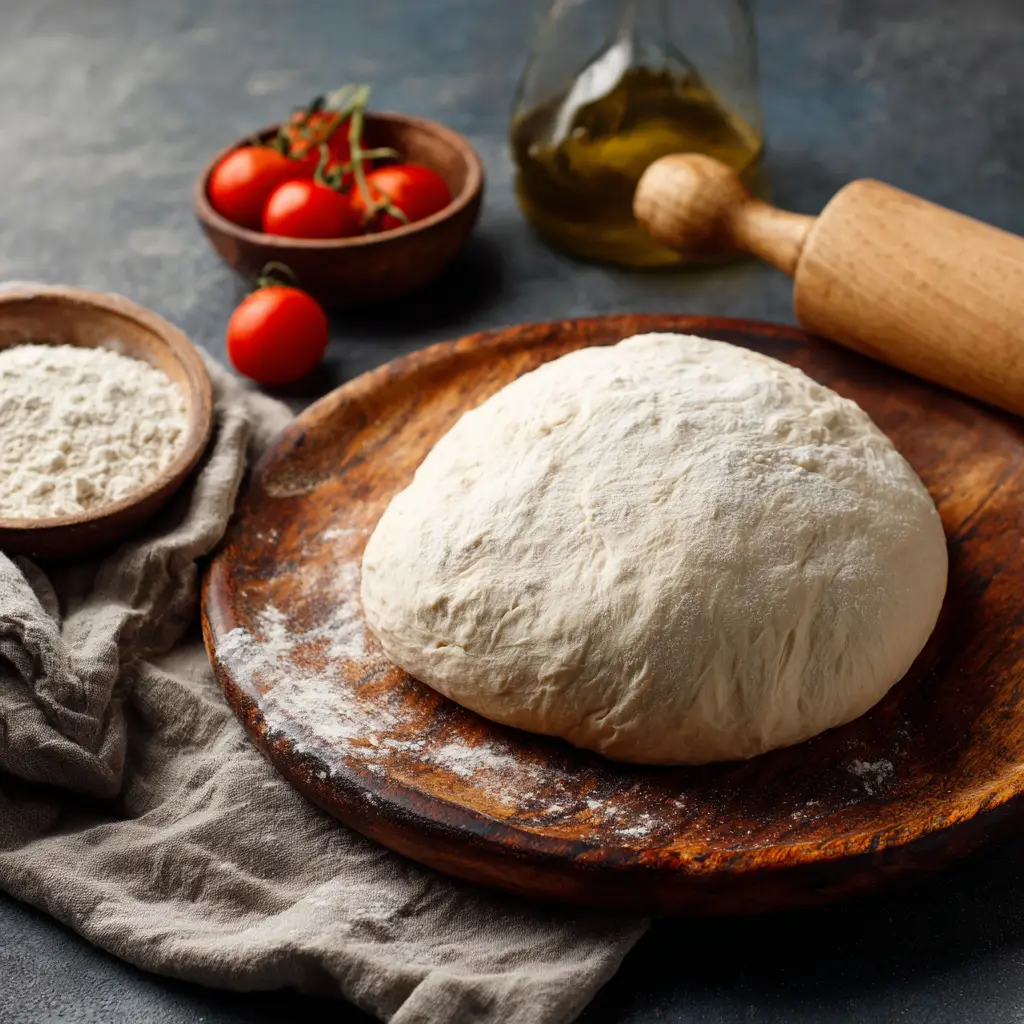
Sourdough pizza dough can serve as the perfect base for countless topping combinations. For a classic flavor, top it with tomato sauce, mozzarella, and basil for a traditional Margherita pizza. For something bolder, try roasted vegetables, feta cheese, and a drizzle of balsamic glaze.
If you enjoy meaty toppings, use pepperoni, sausage, or grilled chicken paired with caramelized onions and mushrooms. For a lighter meal, bake a white pizza using ricotta, spinach, and garlic-infused olive oil. Leftover dough can be used for calzones, garlic knots, or flatbreads, offering multiple ways to enjoy it beyond pizza night.
When serving, pair your sourdough pizza with a fresh green salad or a side of roasted vegetables. A glass of sparkling water or red wine complements the tangy, rich flavor of the crust perfectly. Serve warm and fresh out of the oven for the best texture and taste.
Conclusion
Sourdough pizza dough combines simplicity, flavor, and tradition into one unforgettable crust. The natural fermentation creates a depth of flavor that store-bought dough can never match, while the chewy texture and crisp edges make every bite satisfying. With a little patience and care, you can turn flour, water, and starter into an exceptional pizza base that elevates any topping combination.
Homemade sourdough pizza dough brings the joy of authentic baking to your kitchen. It is a rewarding recipe that tastes as impressive as it looks, perfect for sharing with family and friends. Once you experience the character and aroma of sourdough pizza, you may never look at regular dough the same way again.

